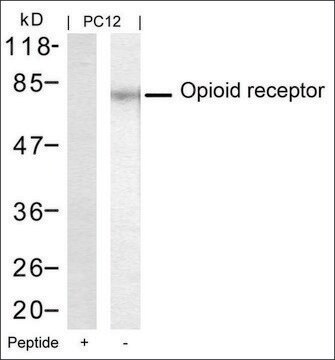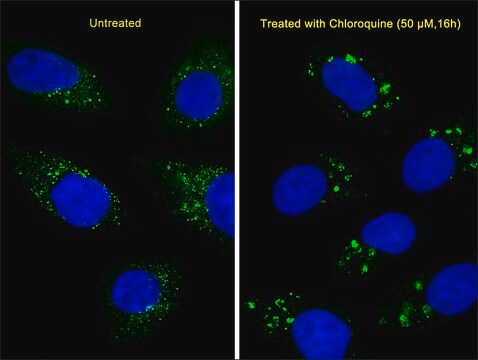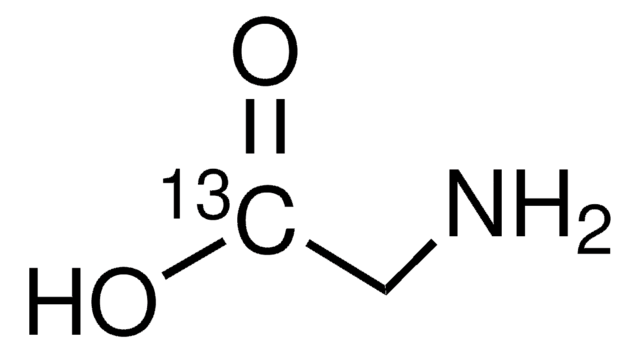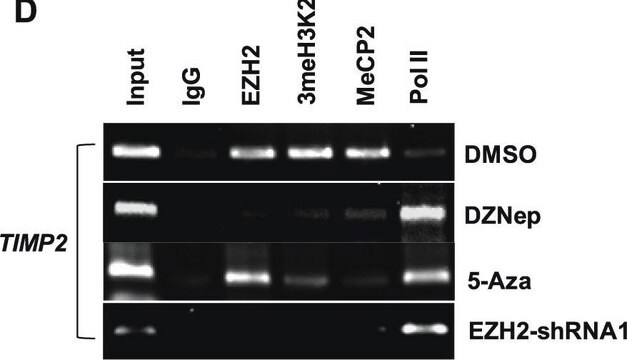SAB4200840
Anti-Pro LC3C antibody, Mouse monoclonal
clone BTY-1, purified from hybridoma cell culture Affinity isolated antibody
Sinônimo(s):
Autophagy-related protein LC3 C, Autophagy-related ubiquitin-like modifier LC3 C, MAP1 light chain 3-like protein 3, MAP1A/MAP1B LC3 C, MAP1A/MAP1B light chain 3 C, Microtubule-associated protein 1 light chain 3 gamma, Microtubule-associated proteins 1A/1B light chain 3C
About This Item
Produtos recomendados
fonte biológica
mouse
tipo de produto de anticorpo
primary antibodies
clone
BTY-1, monoclonal
forma
liquid
reatividade de espécies
human
embalagem
antibody small pack of 25 μL
concentração
~1 mg/mL
técnica(s)
immunoblotting: 0.5-1 μg/mL using whole extracts of HEK-293T cells overexpressing human LC3C
Isotipo
IgG1
nº de adesão UniProt
Condições de expedição
dry ice
temperatura de armazenamento
−20°C
modificação pós-traducional do alvo
unmodified
Informações sobre genes
human ... MAP1LC3C(440738)
Descrição geral
Especificidade
Imunogênio
Aplicação
Ações bioquímicas/fisiológicas
forma física
Armazenamento e estabilidade
Exoneração de responsabilidade
Não está encontrando o produto certo?
Experimente o nosso Ferramenta de seleção de produtos.
Código de classe de armazenamento
10 - Combustible liquids
Ponto de fulgor (°F)
Not applicable
Ponto de fulgor (°C)
Not applicable
Certificados de análise (COA)
Busque Certificados de análise (COA) digitando o Número do Lote do produto. Os números de lote e remessa podem ser encontrados no rótulo de um produto após a palavra “Lot” ou “Batch”.
Já possui este produto?
Encontre a documentação dos produtos que você adquiriu recentemente na biblioteca de documentos.
Nossa equipe de cientistas tem experiência em todas as áreas de pesquisa, incluindo Life Sciences, ciência de materiais, síntese química, cromatografia, química analítica e muitas outras.
Entre em contato com a assistência técnica






